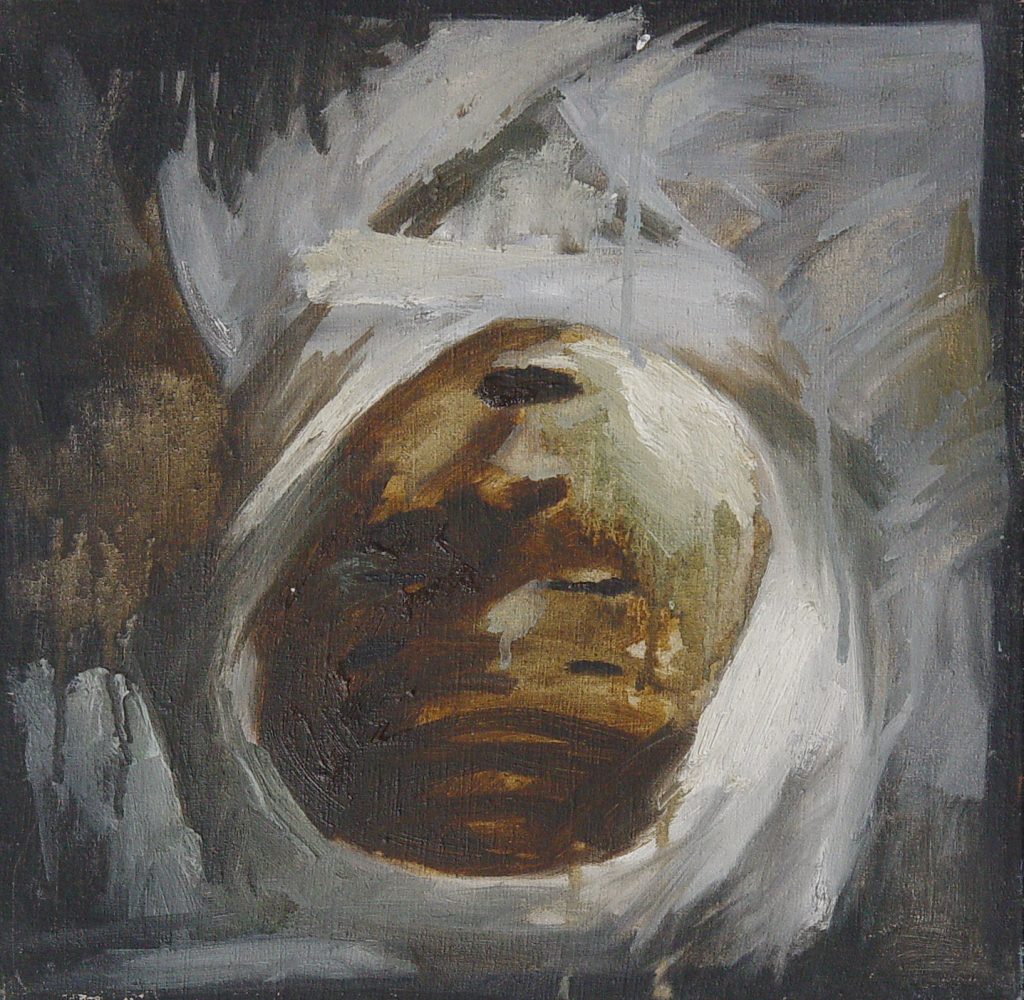On April 30, 2021, curated by Lu Mingjun, The Longing the Distant Worlds Aroused Spoke More to the Home Than to Anything Unknown: Zhou Zixi Solo Exhibition opened grandly at the Shanghai Baolong Art Museum.
The artist Zhou Zixi began creating in the 1990s, and his career has now spanned over twenty-five years. His works are imbued with richly perceptible narratives within grand historical themes, presenting a profound and complex character. Zhou explores the placement of the human spirit within the backdrop of an era, hoping that his works can reveal different dimensions of contemporary reflection. When all the pieces are ultimately brought together, they may form a complete picture—one consciously or unconsciously obscured. In the exhibition preface, curator Lu Mingjun quoted from an essay by Walter Benjamin: “Oh, that victory monument baked to a golden brown, steeped in the sweetness of a childhood winter!”—a line that invites the audience into an era and an emotional state they can inhabit.
From over 800 works created in more than two decades, this exhibition presents more than seventy paintings, divided into five series: Childhood, Landscape, Dwelling, Dream, and The Tilt of the Standing Pillar. They are fragments or excerpts drawn from nearly twenty years of painting—some are recent works, others may have long been sealed away, yet at this moment, they appear like “flashes of memory,” sweeping past in a dream.
“Zhou Zixi never received systematic education or training from an art academy, yet his pictorial language nonetheless carries a strong academic quality. At a time when many regarded revolutionary realism as the ‘imaginary enemy’ of contemporary art, he remained devoted to the modeling language of the Soviet school and to grand, epic narratives. When fluorescent brightness became the new trend in contemporary aesthetics and consumer fashion, he kept on constructing dark and dissonant worlds. When many amused themselves with irony, satire, and playful tricks, he continued to guard his clumsy acts of resistance and self-resistance… Needless to say, such an approach was neither embraced by mainstream discourse nor favored by the contemporary art system, and so he has always remained on the margins, quietly observing.”
Over more than twenty years of artistic practice, his brushwork has advanced into themes of national and ethnic trauma, the collective memory and forgetting, the alienated existence of the individual, and the events and crises of the present moment. His research into history and literature, and his concern for human suffering, have endowed his paintings with profound narrative qualities, expanding within the picture plane across layers of time and space, society and the individual, politics and culture, disaster and the everyday—shifting perspectives, interweaving, and permeating. This allows his works to form intertextual, complementary, and reflective relationships with one another, developing an epic character.
The overall tone of the exhibition is grey—creating a unique atmosphere and emotional quality, while quietly corresponding to the deep-rooted affinity Chinese people have for black-and-white ink painting.
No one can escape the torrents of the times. When grand narratives are refracted onto the individual, what responses will arise? In thought, in will, in sentiment—what divergences will appear? Zhou Zixi resists, in his own way, those concealed aspects; in regions far from the mainstream, he quietly observes, steadfastly using his own language system to express his feelings.
Many years ago, Zhou Zixi said: “No matter how one tries to hold onto it, youth will always pass. What I look forward to is not the bravery born of age or ignorance, but the fearlessness that remains after understanding.” What he clings to here is less an aesthetic than an emotion, an attitude. Whatever it is that he insists upon, or anticipates—be it something concrete or nothing at all—even such an emotion, attitude, and self-awareness has become exceedingly rare today.
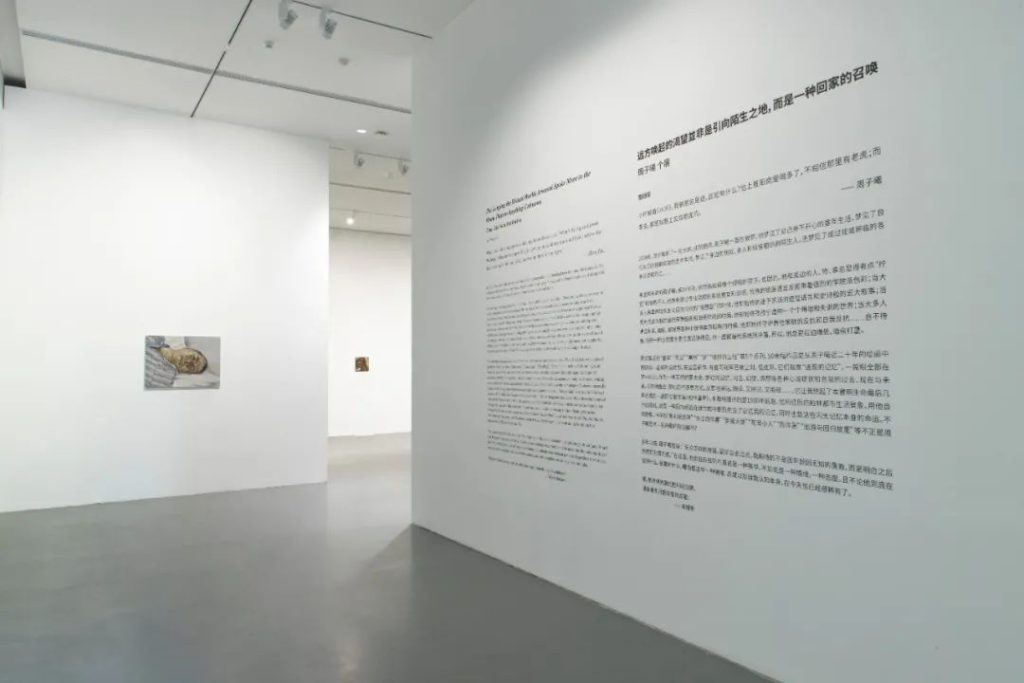

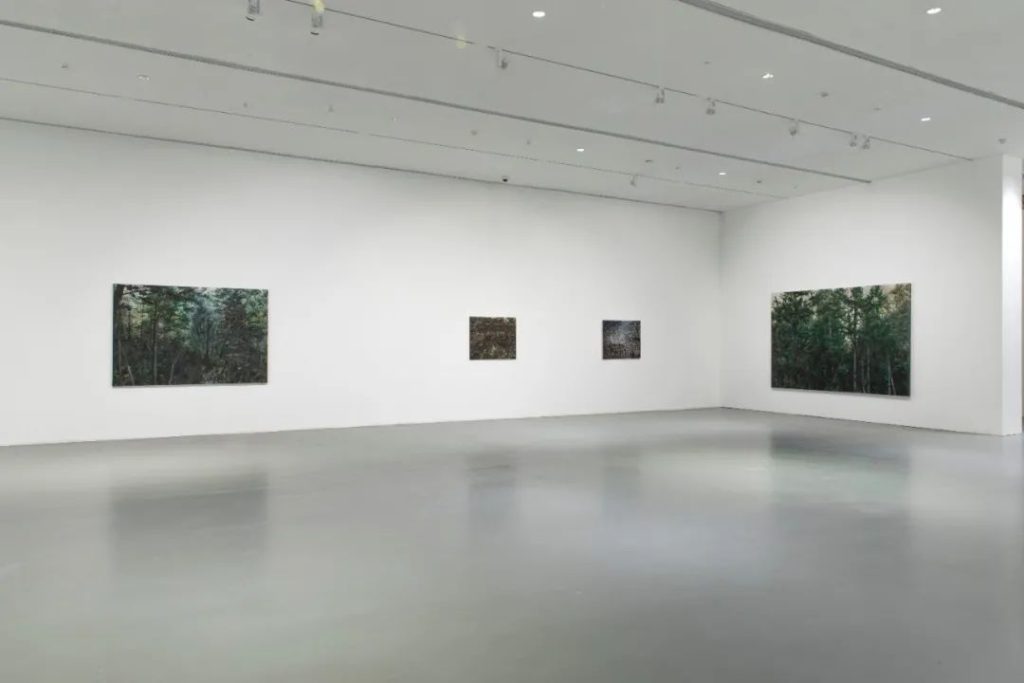
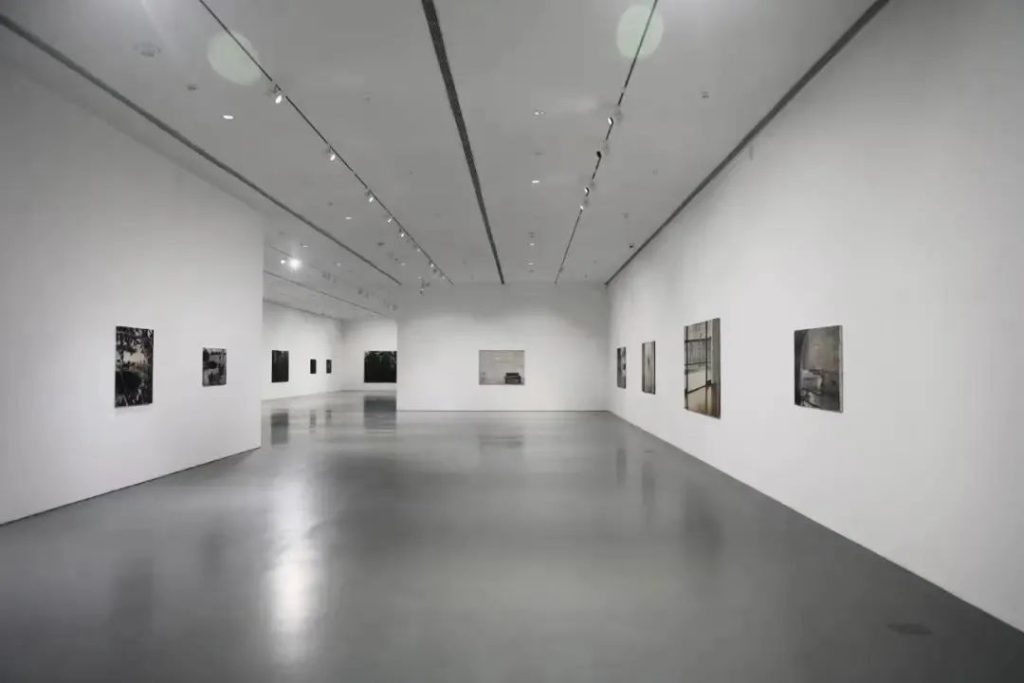
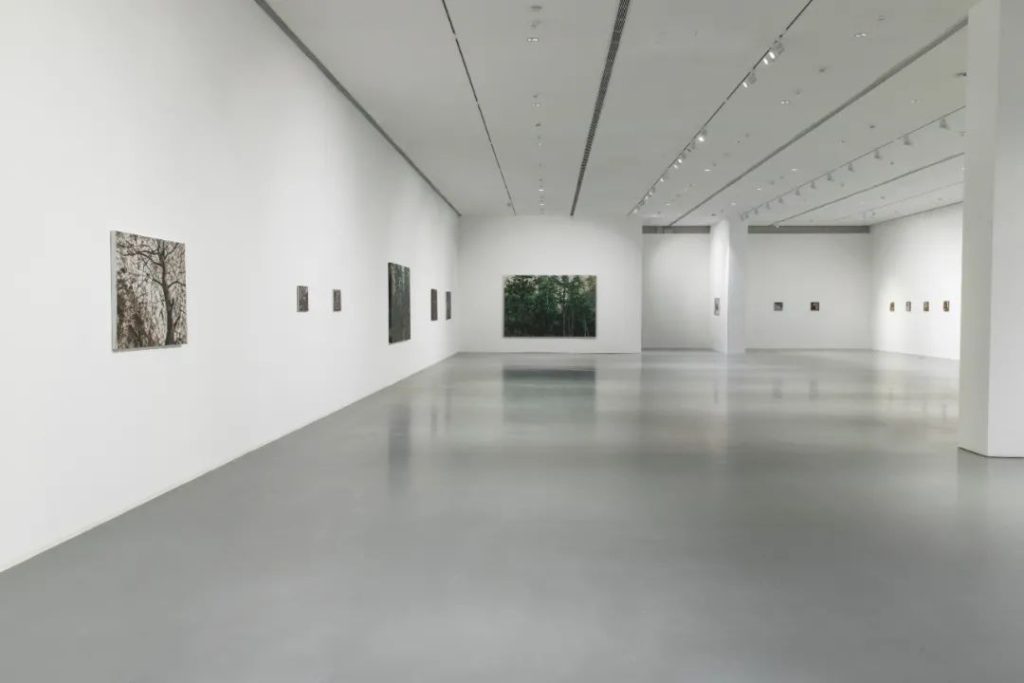
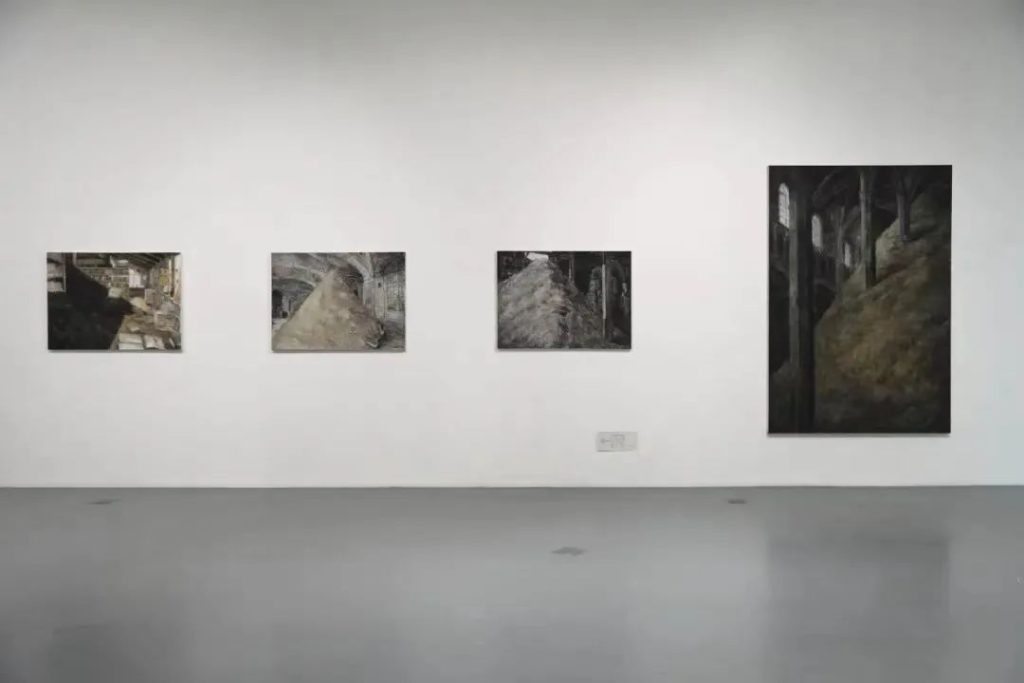
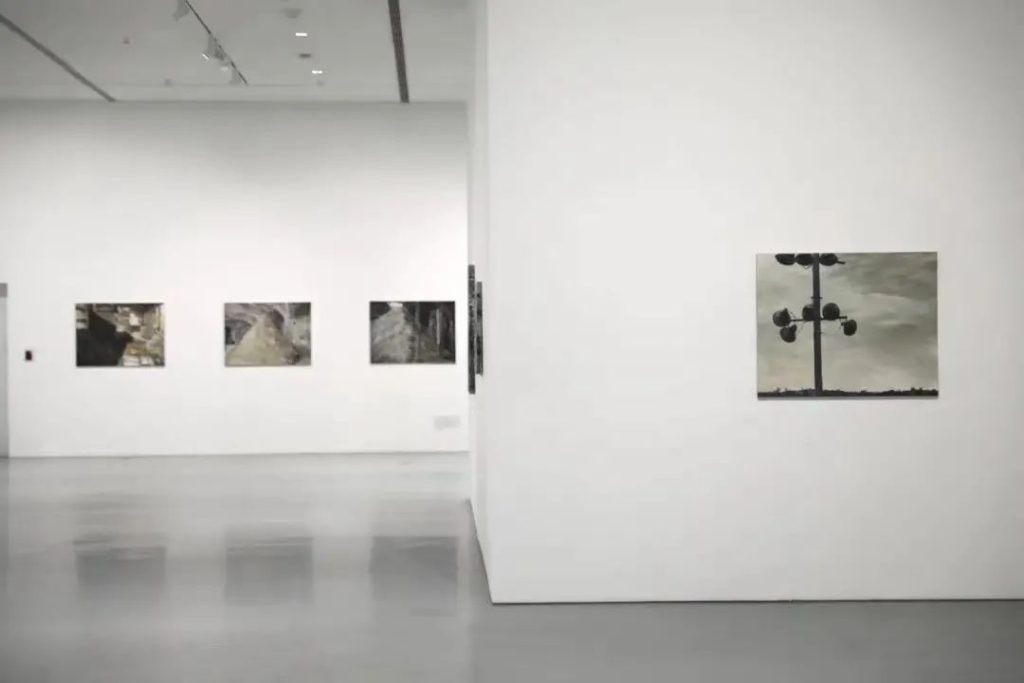
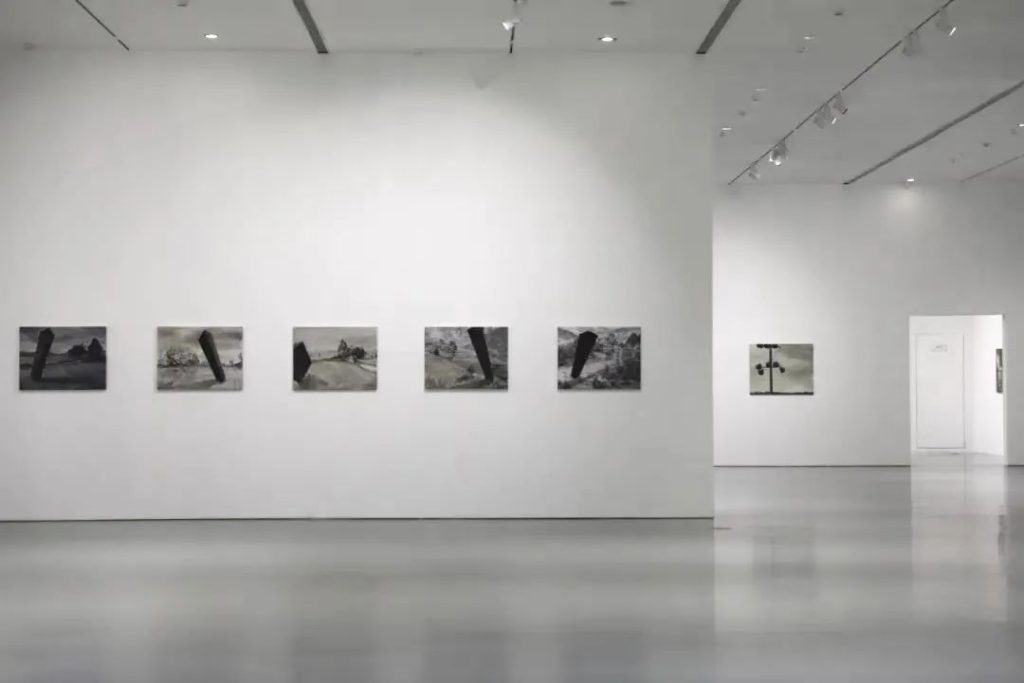
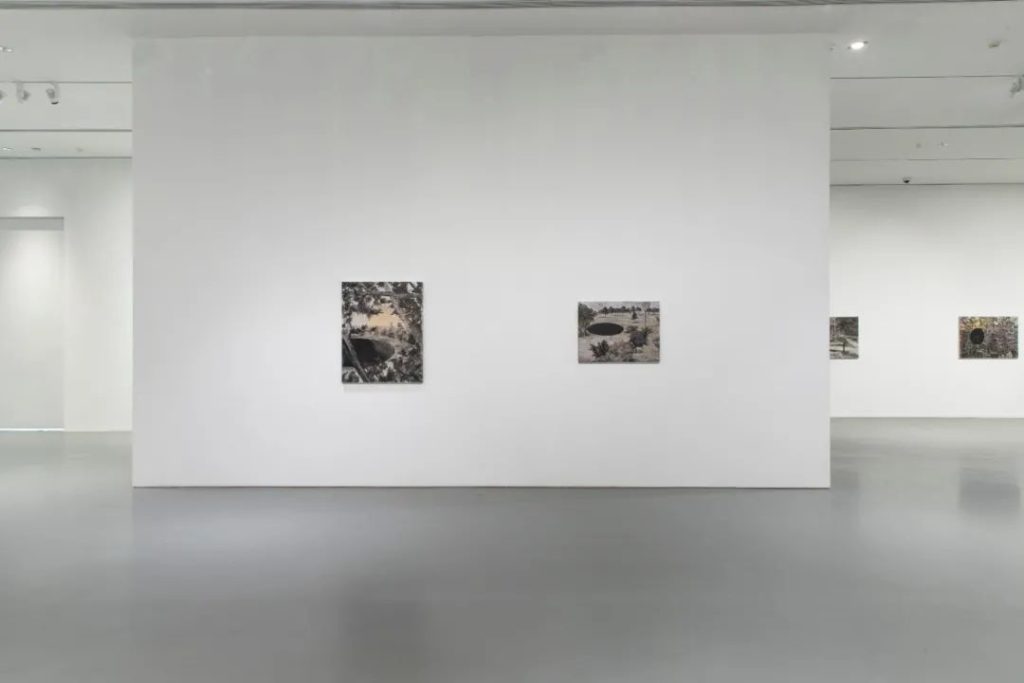
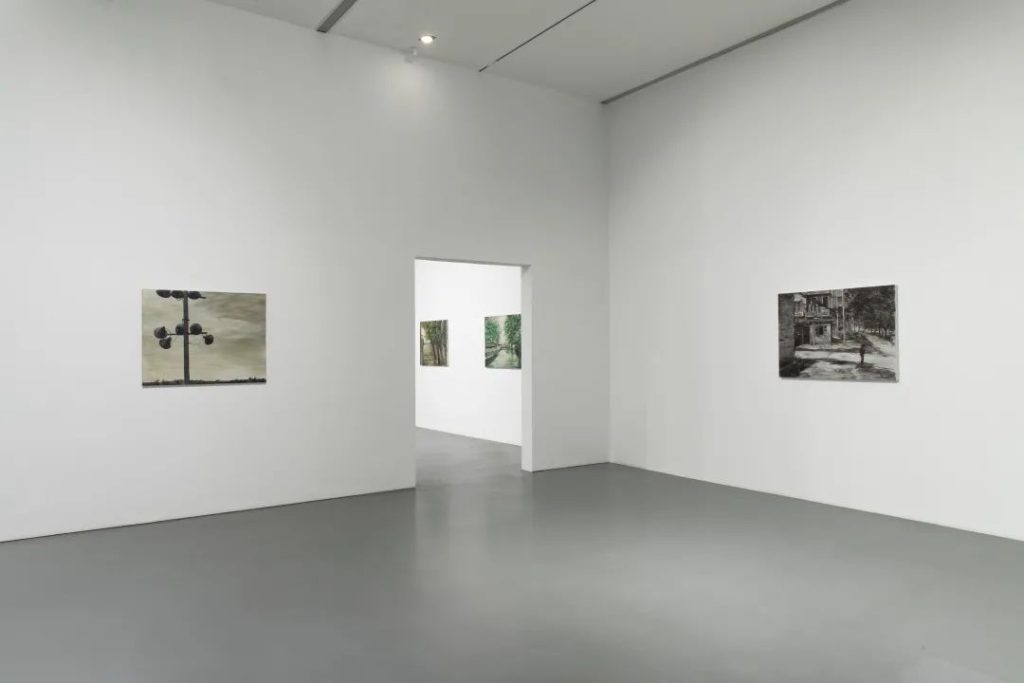
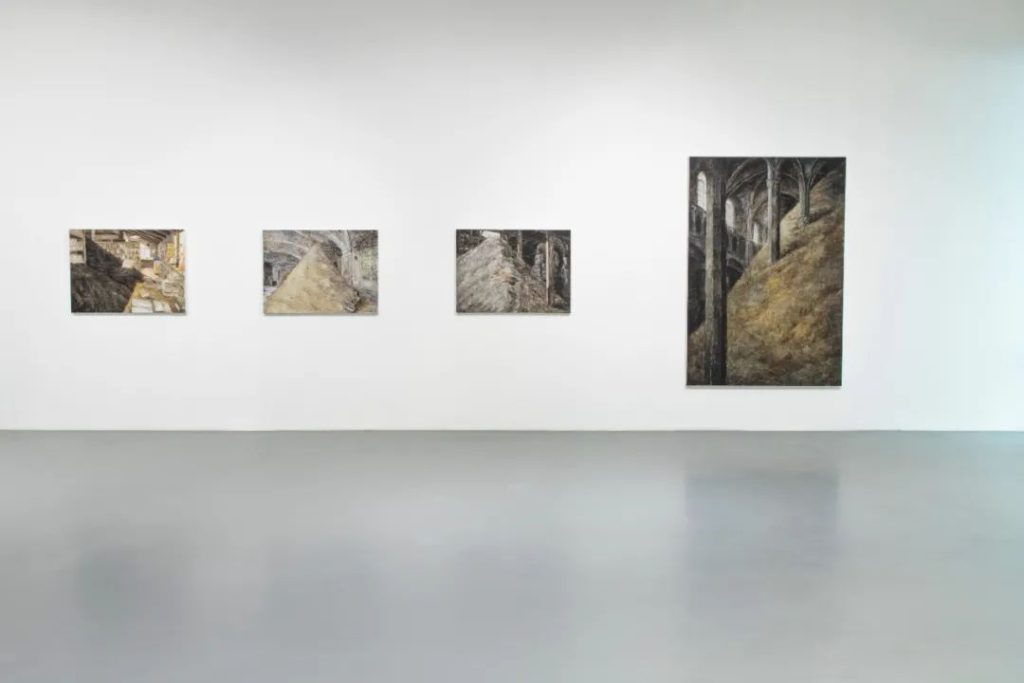
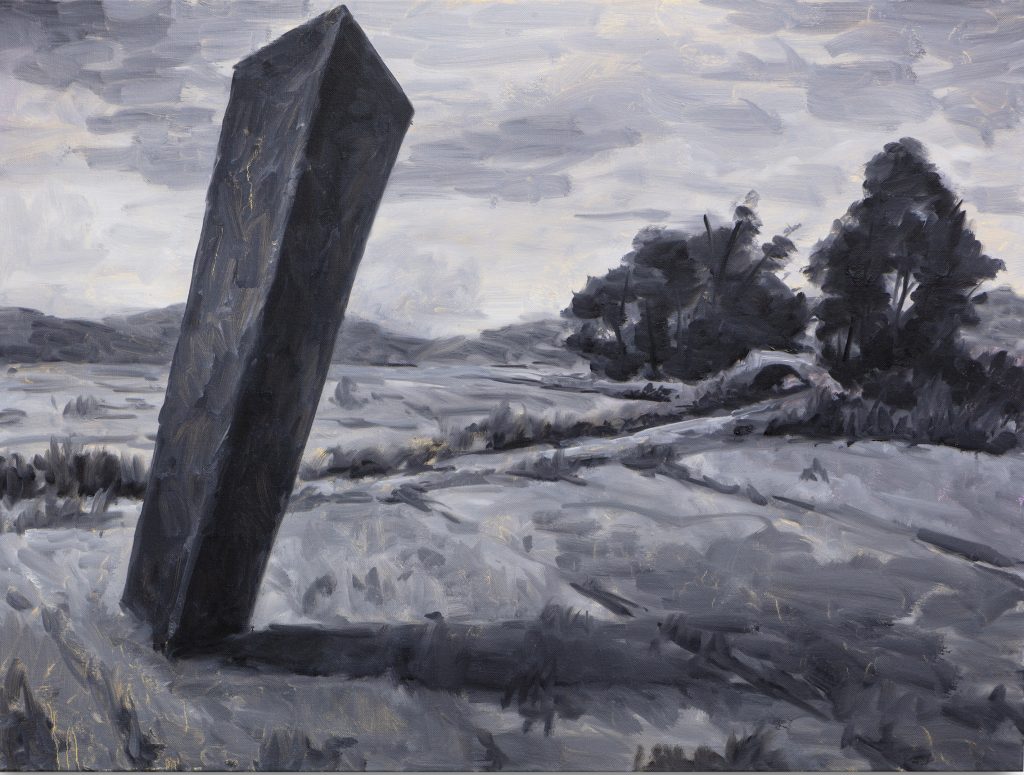
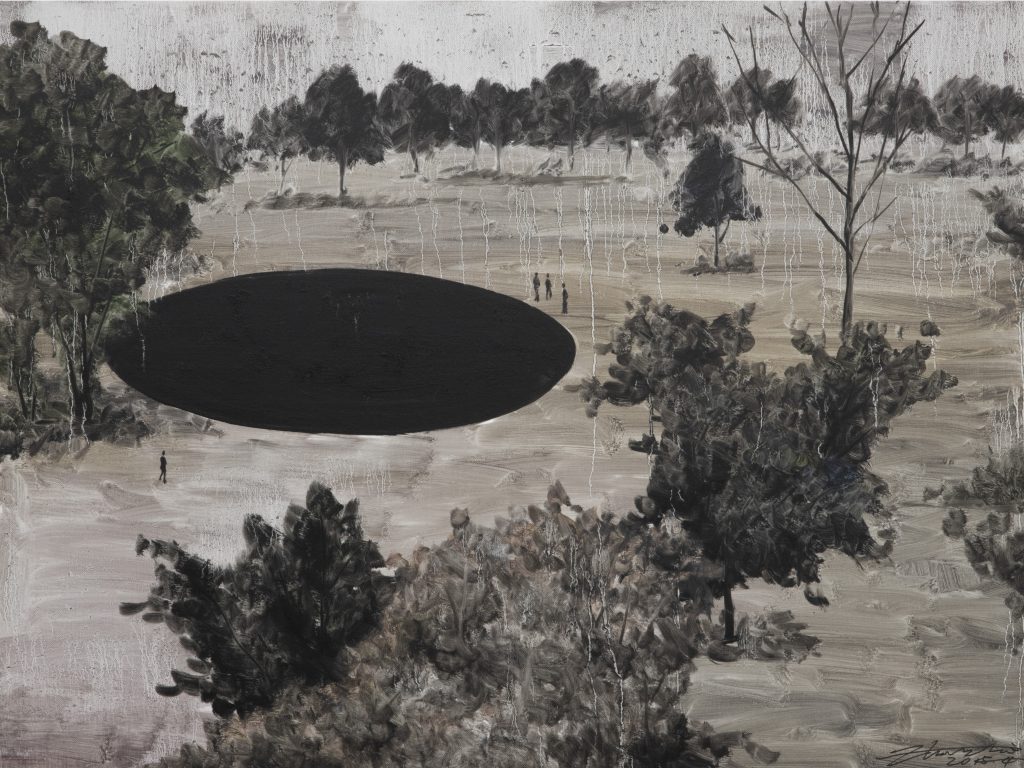

-1024x744.jpg)
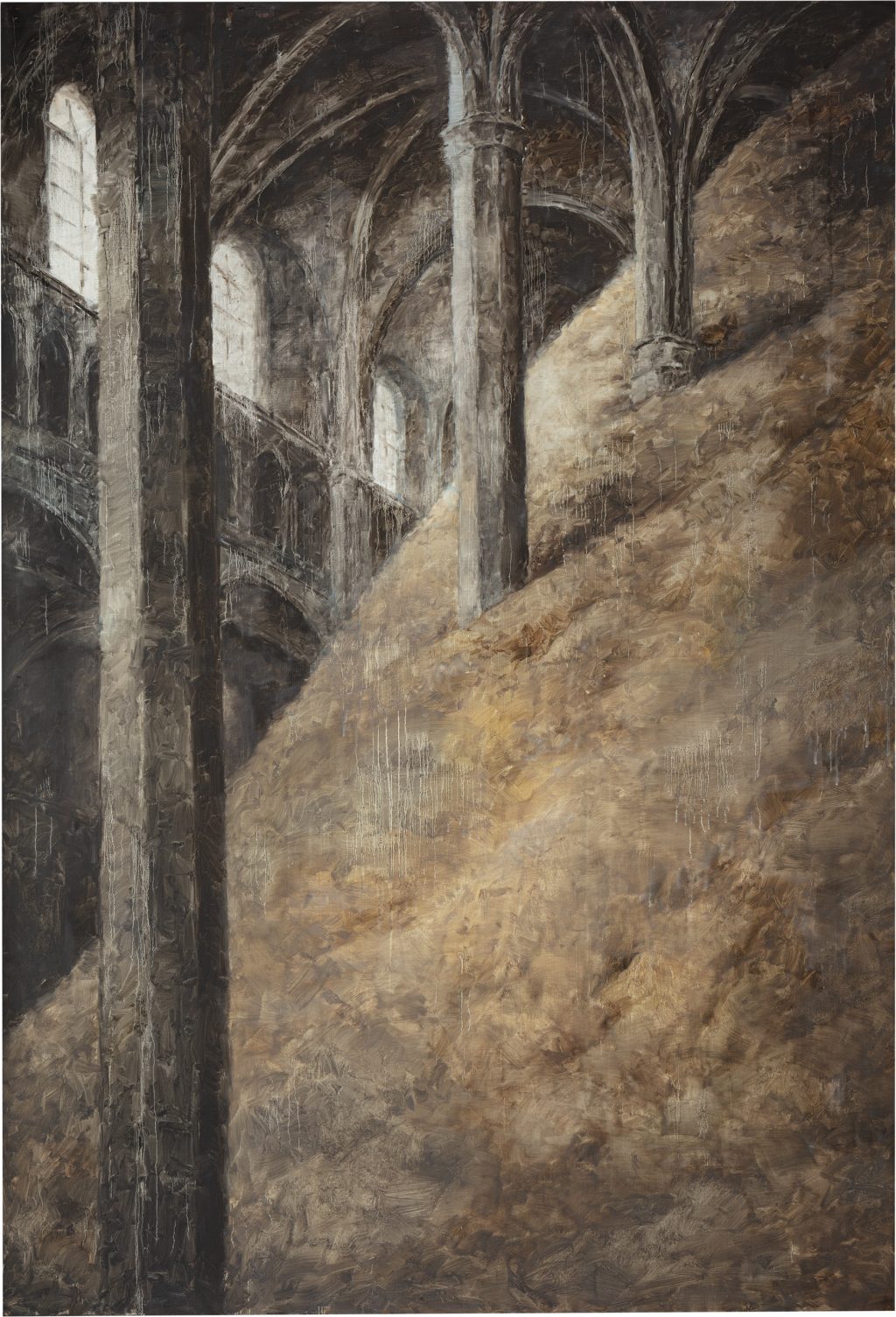
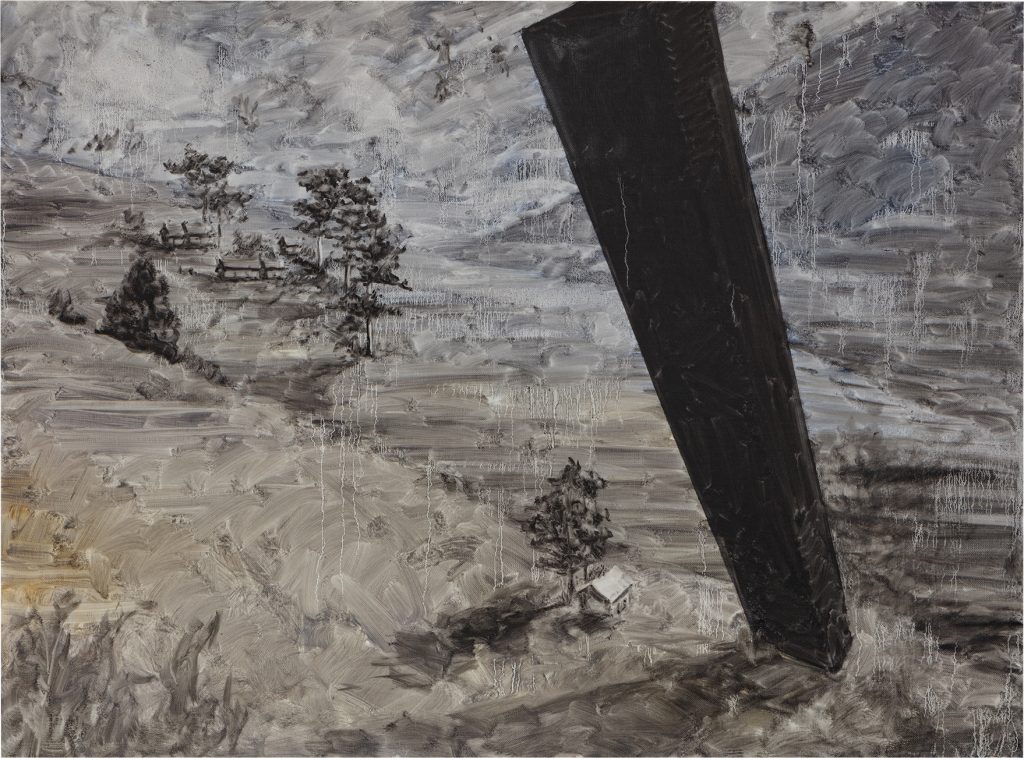
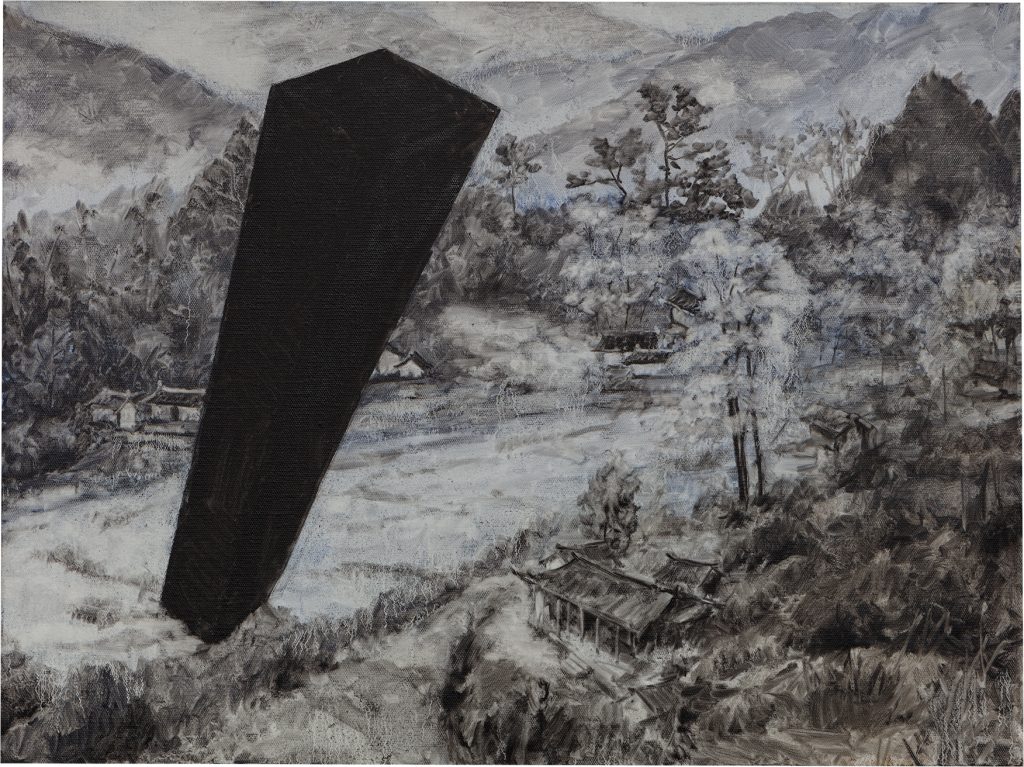
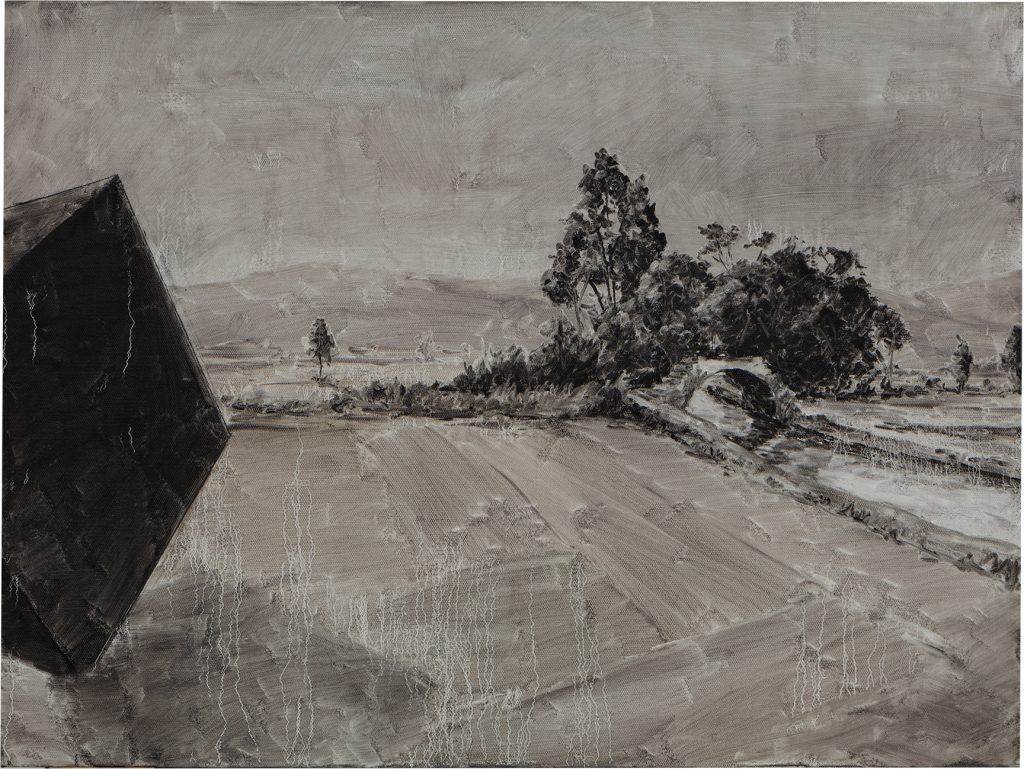
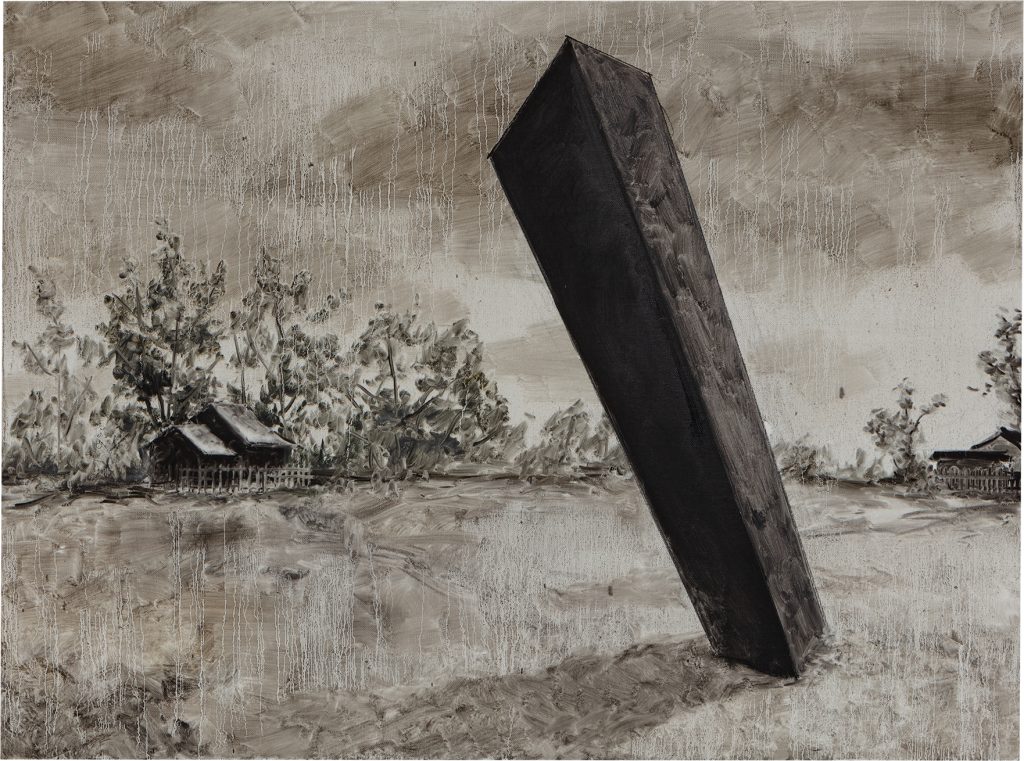
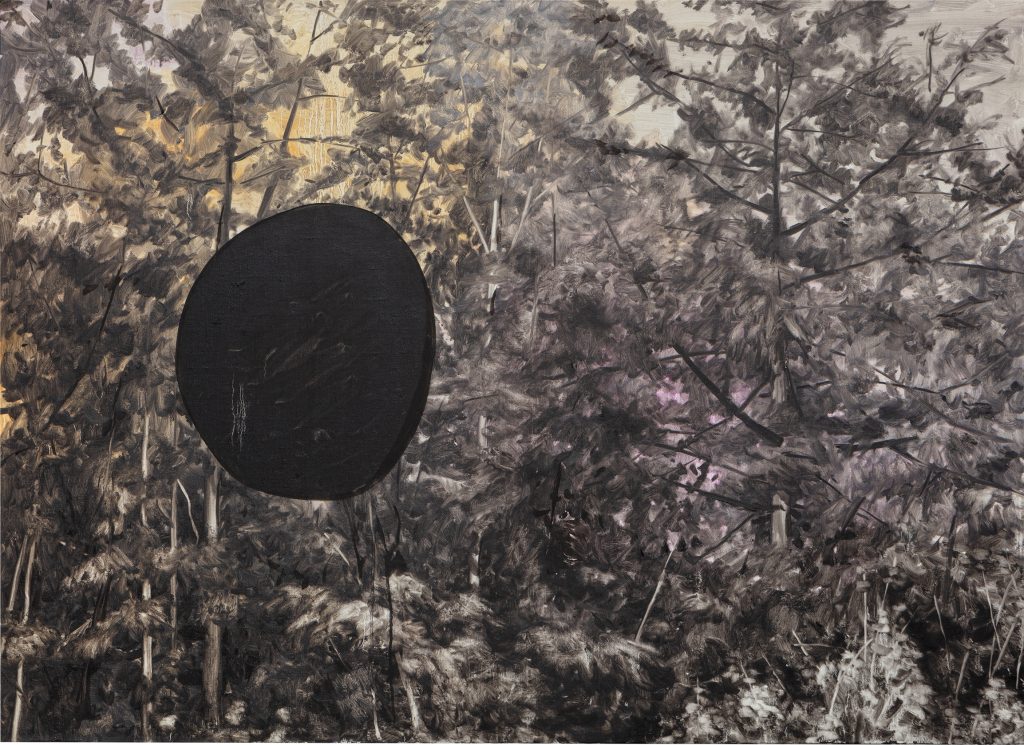
-1024x818.jpg)
-1024x763.jpg)
-1024x766.jpg)
(已卖)-1024x743.jpg)
(已卖)-1024x743.jpg)
(已卖)-1024x746.jpg)
-1024x743.jpg)

2016年9月-1024x683.jpg)
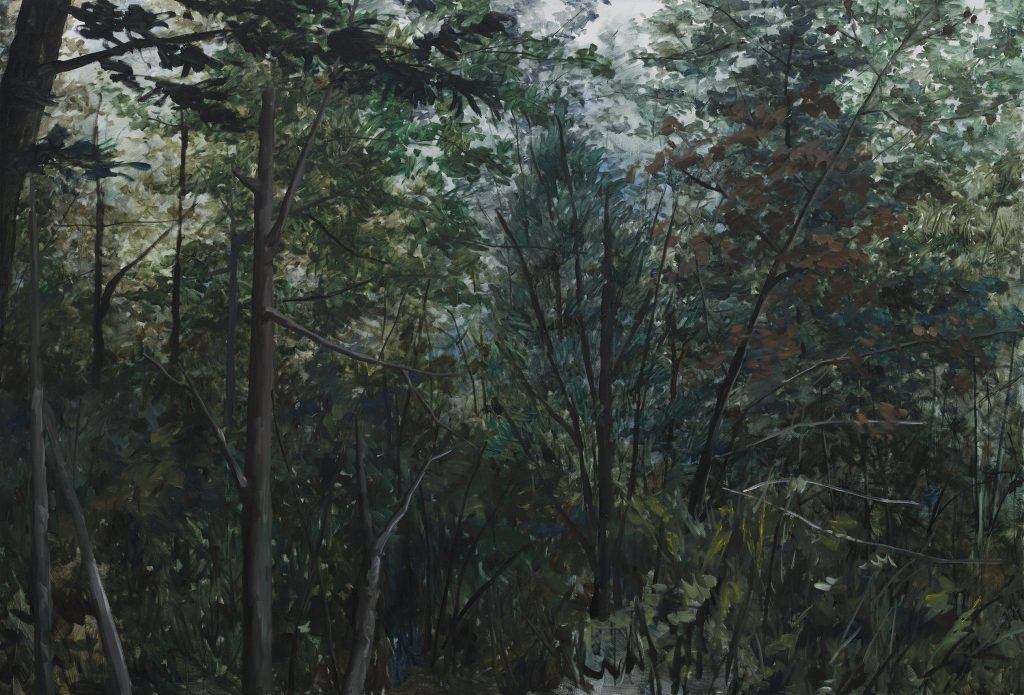
-1024x818.jpg)
-1024x819.jpg)
2014年9月-1024x768.jpg)
-1024x768.jpg)
(80x100cm)-1024x819.jpg)
(80x100cm)-1024x819.jpg)
-1024x819.jpg)
-1024x819.jpg)
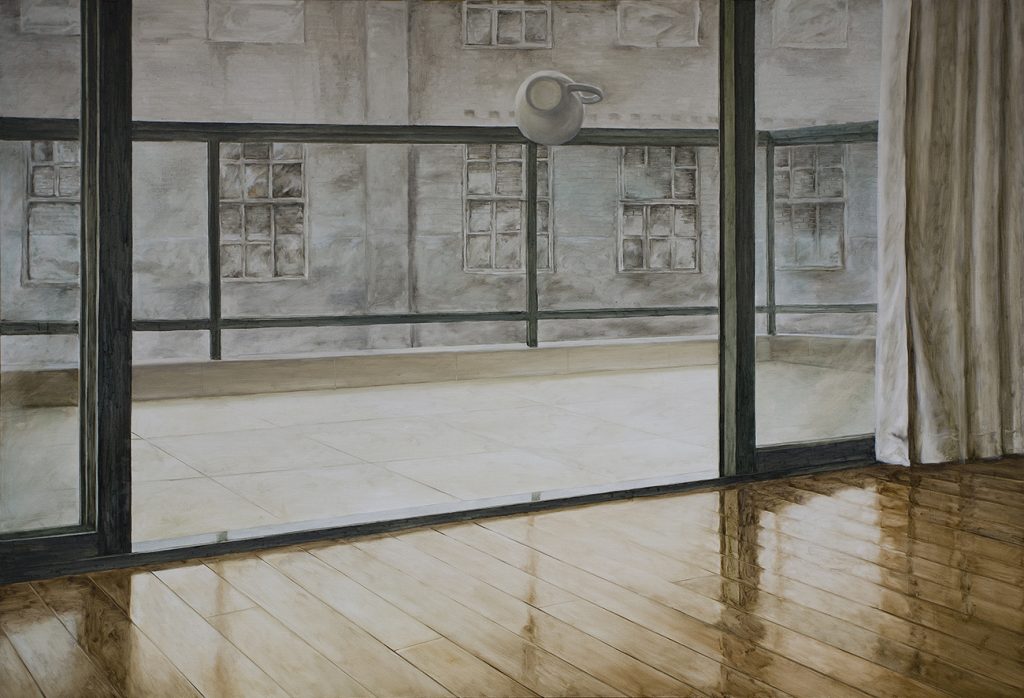
(80x100cm)-1024x819.jpg)
-1024x768.jpg)
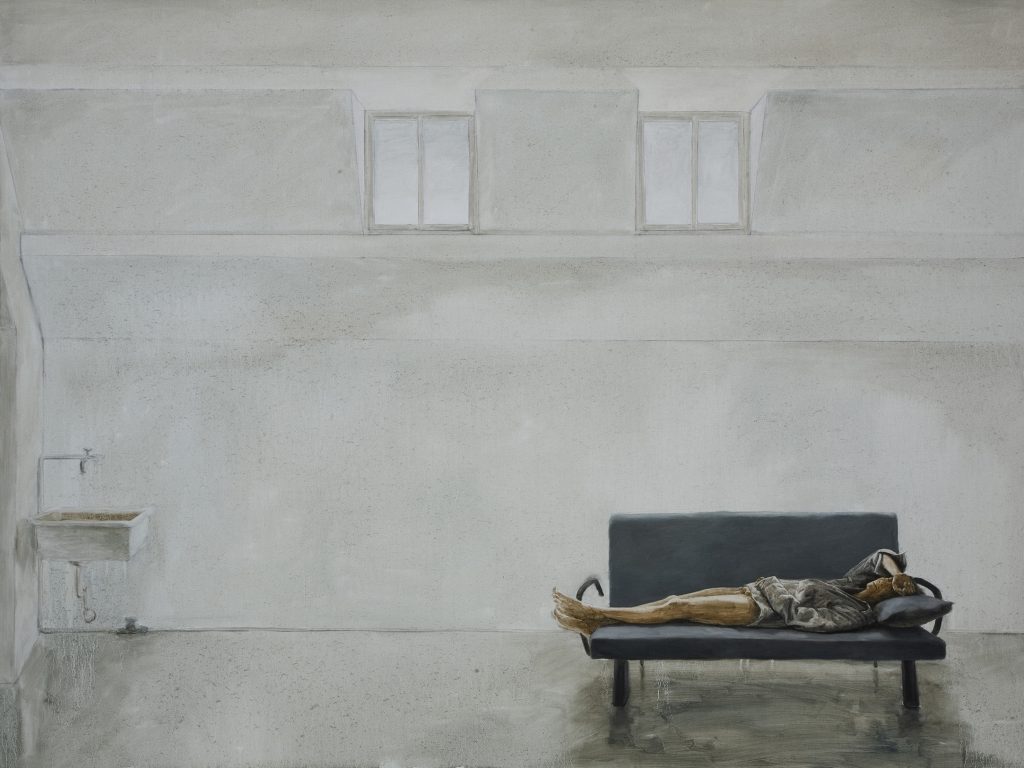
2010-1024x768.jpg)

